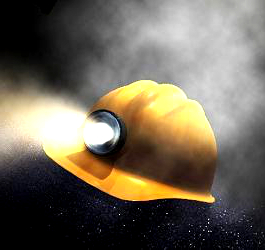Coal reliability questioned
 A new report finds Queensland’s gas and coal-fired power stations have the most outages in the country.
A new report finds Queensland’s gas and coal-fired power stations have the most outages in the country.
While proponents continue to push fossil fuels as the cheapest, most reliable forms of power, new analysis of data from the National Energy Market (NEM) has found Queensland’s newest “supercritical” plants are among the least reliable.
Progressive think-tank The Australia Institute has analysed two years’ worth of NEM data on breakdowns at gas and coal-fired power stations.
It found that 93 of the 227 cases of fossil fuel powered plants breaking down were at Queensland power stations.
Australia's newest coal power station at Kogan Creek was found to be the most unreliable single generating unit in the NEM, having broken down 13 times in the two years covered by the report.
The Australia Institute’s Climate and Energy Program Director Richie Merzian says the findings may cast doubt on the claims that coal and gas are the best base-load power sources.
“This piece of research looks specifically at Queensland and the number of breakdowns in the coal and gas-fired power stations that keep the lights on in in the Sunshine State,” Mr Merzian said.
“What it found is that in total Queensland has the highest number of breakdowns for gas and coal-fired power stations than any other state in the electricity market.
“So, despite having some of the newest coal-fired power stations, what are called ‘supercritical’ coal-fired power stations, it hasn't helped in terms of that consistent performance.
“If anything it's actually led to a greater number of breakdowns.”
Queensland Resources Council chief Ian Macfarlane says coal is good because it is cheap.
“Queensland has some of the lowest cost electricity in Australia thanks to its younger coal generation fleet, the majority of which are owned by the [State] Government,” Mr Macfarlane said.
“This combined coal generation fleet reliably and consistently delivers more than 70 per cent of Queensland's energy needs and keeps the lights on in New South Wales and Victoria by sending surplus electricity over the border to cover generation shortfalls in those states.”
The full report is available in PDF form, here.








 Print
Print